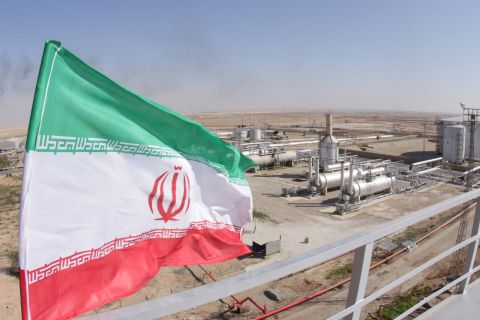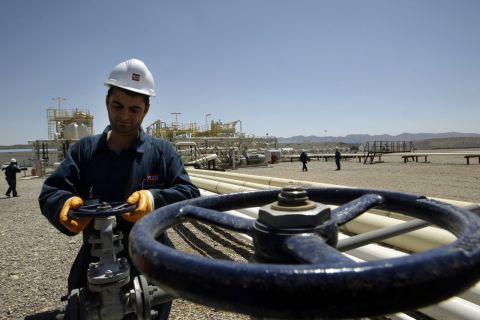ALBAWABA – Oil prices rose on Wednesday in Asia markets and fell for a third day in a row in the Euro area, news agencies reported.
Brent crude rose $0.15 to $84.18 a barrel by 0600 GMT, according to Reuters, and West Texas Intermediate (WTI) crude increased $0.17 to $79.81 a barrel.
Both benchmarks lost about 0.5% on Tuesday in Asia markets before rising 0.2% in early trading Wednesday.
In the Euro area, WTI futures for October fell below $79 on the barrel, hitting the lowest level intraday in nearly a month, as private sector activity contracted further in August, Bloomberg reported.

“The European PMIs were disappointing and a stronger dollar is also not helping oil,” Giovanni Staunovo, a commodity analyst at UBS Group AG, told Bloomberg.
The United States (US) dollar climbed Wednesday against a still-stagnant China economy, the sluggish recovery of which threatens demand for global commodities.
Oil prices diverge on weaker economic activity in Europe
"Investors are reluctant to take big positions ahead of the Jackson Hole symposium as they want to find clues for the next step by the US Federal Reserve," NS Trading president Hiroyuki Kikukawa told Reuters.
"Concerns over higher interest rates and sluggish demand in China are expected to outweigh tightening supply from OPEC+ in the short term," Hiroyuki said.
On the supply side, Saudi Arabia cut output by another 1 million barrels per day (bpd) from July through September, and Russia plans to reduce exports in August by 500,000 bpd, according to Reuters.

In terms of inventories, the industry-funded American Petroleum Institute said US crude stockpiles fell 2.4 million barrels last week.
If confirmed by official Energy Information Administration data due later Wednesday, this could be a bullish signal that would further bolster oil prices.
Oil prices rallied since late June, but has recently faltered over the last couple of sessions amid the worsening outlook in China and signs the Federal Reserve isn’t yet done hiking interest rates. Combined with concerns over China’s economic challenges, all of that overshadowed a tightening market following supply cuts by Saudi Arabia and Russia.










